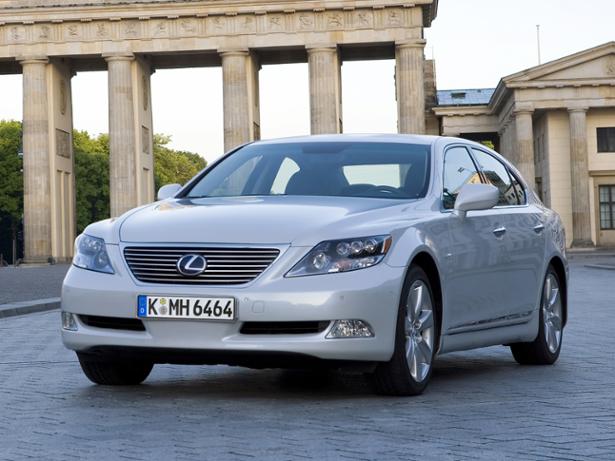Tyre speed ratings and markings explained

The sidewall of a tyre is stamped with codes and markings that will tell you all you need to know about it in order to assess its suitability for your car. The letters and numbers relate not only to a tyre’s size and dimensions, but also its composition and speed capabilities.
How to read tyre specs
Using the tyre specification 175/65 R14T as an example:
- 175 = tyre width in mm
- 65 = tyre sidewall profile – sidewall height expressed as a percentage of its width
- R = radial (the type of construction; all tyres are now radial as opposed to the older cross-ply construction)
- 14 = diameter of the wheel rim, in inches
- T = speed rating, which must match or exceed the maximum speed of your car.
If you’re looking for a new car, discover the ones we recommend by viewing our expert pick of the best cars.
Tyre speed ratings
It’s important to fit a tyre that matches or exceeds your car’s top speed. The vehicle’s handbook will tell you the minimum tyre speed and load ratings you should go for, but for reference, below are the ratings and their corresponding speed:
- S 180km/h or 112mph
- T 190km/h or 118mph
- U 200km/h or 125mph
- H 210km/h or 130mph
- V 240km/h or 149mph
- W(ZR) 270km/h or 168mph
- Y(ZR) 300km/h or 186mph
- ZR Above 240km/h or 149mph
There is no reason to buy tyres with a speed rating that exceeds your car’s top speed. They’ll cost more for no benefit.
Elsewhere on your tyres you will see the manufacturer’s name, the name of the tyre model and information about where and when the tyre was made.

Understanding tyre energy labels
The tyre energy label has been mandatory on all new tyres sold since November 2012. Like the energy labels for household goods and cars, its aim is to tell consumers which products are the most economical to use.
As well as being a handy comparison tool, the label gives manufacturers an incentive to produce better tyres. This has worked for domestic appliances, where the level of improvement has led the authorities to re-evaluate the rating scales.
The label is applied to all new tyres, whether they’re fitted to a new car or when bought as aftermarket replacements.
Tyre suppliers are obliged to provide the information in any technical promotional material, including leaflets, brochures and on the internet. Retailers must ensure it is visible to buyers at the point of sale.
The tyre energy label shows the following three aspects of a tyre’s performance:
Fuel efficiency
This is a measure of the tyre’s rolling resistance, or the amount of energy that is lost when a tyre is rolling – normally due to the constant deformation of a tyre as you drive. A tyre with lower rolling resistance requires less energy to roll, will provide better fuel economy and will have a higher energy rating.
Many tyre manufacturers now offer models specifically designed to minimise rolling resistance to boost efficiency.
Wet grip
Adding the grip rating to the label ensures tyre manufacturers don't compromise grip in order to get a good energy rating. The rating is based on wet braking in a straight line.
In reality, braking distances also depend on a host of additional factors, but industry analysts have estimated that using grade A tyres over grade G ones can result in a 30% shorter stopping distance.
Tyres aren't the only factor in how well a car brakes. We put every car we test through ten repeated emergency stops from 62mph. This enables us to asses the car's braking performance, and whether this is consistent. You'd be surprised at how variable our results can be - so make sure you check our car reviews before you buy your next car.
Noise
Tyre roar – the noise made by a tyre against the road surface – is a critical factor in a car’s cruising refinement, and also its environmental impact.
Exterior noise levels are split into three categories and the figure is the noise level measured in decibels (dB). The curved bars on the tyre icon show the tyre’s noise emissions compared with European Union regulations.
- One black sound wave: more than 3dB less than the European limit (very quiet)
- Two black sound waves: already compliant with the future European limit (moderately quiet)
- Three black sound waves: above the current EU limit (noisiest allowable).
Quieter tyres not only benefit those around you, but reduced cabin noise reduces fatigue on longer trips, making your journeys safer.
Compare car insurance
Find the right policy for your vehicle using the service provided by Confused.com
Get a quote now






















